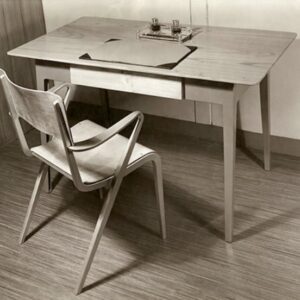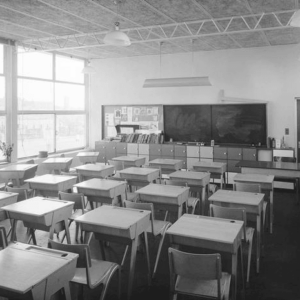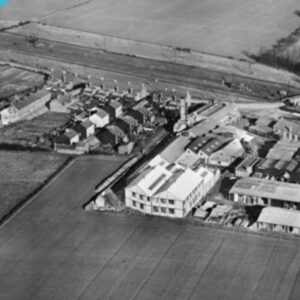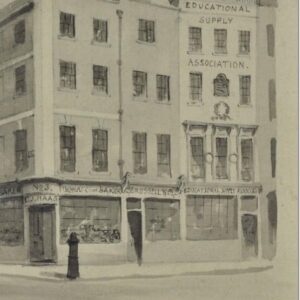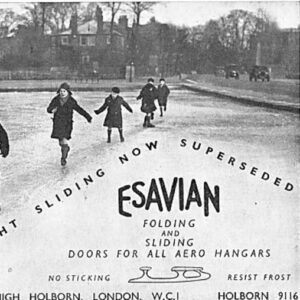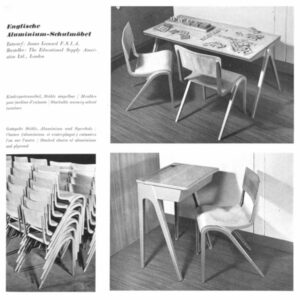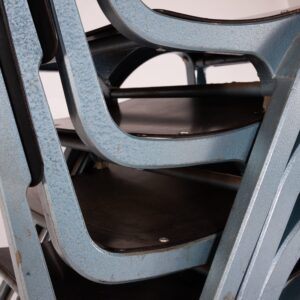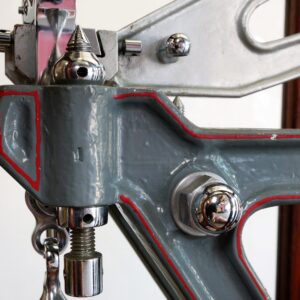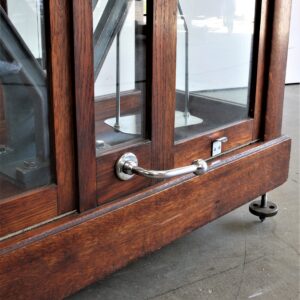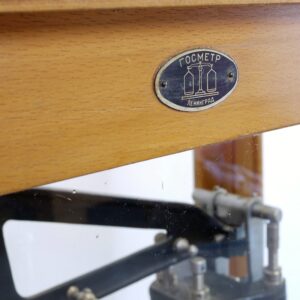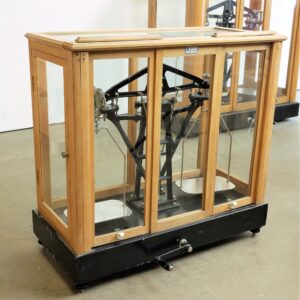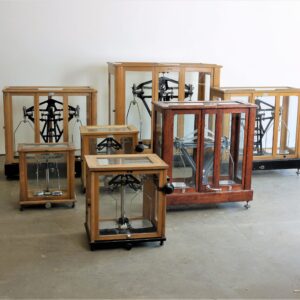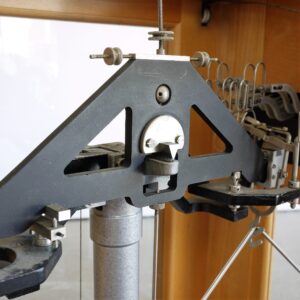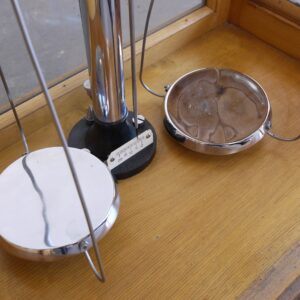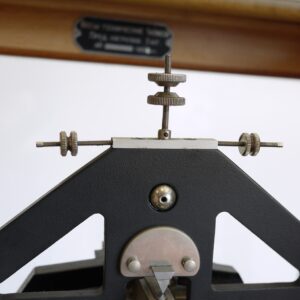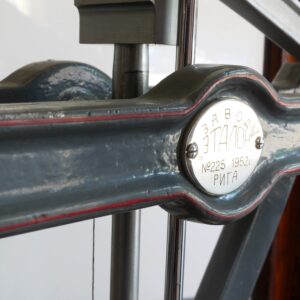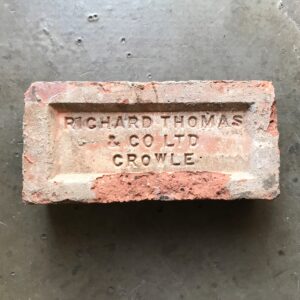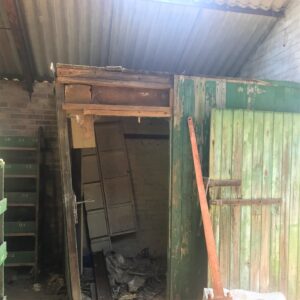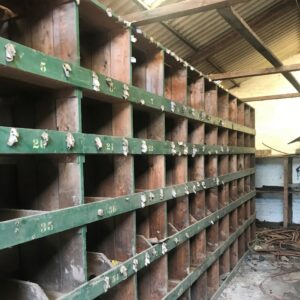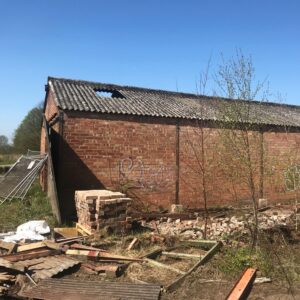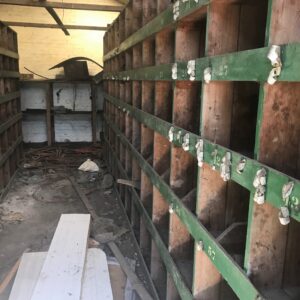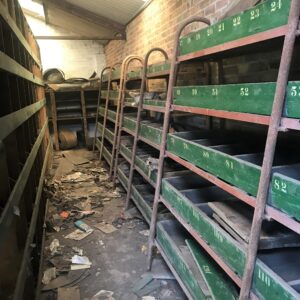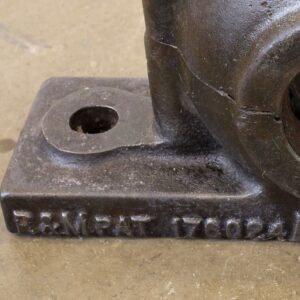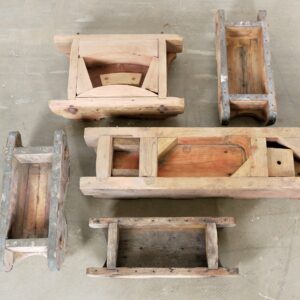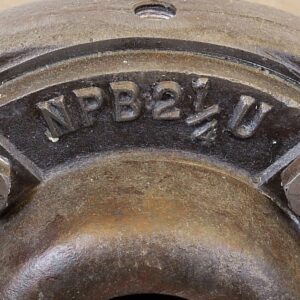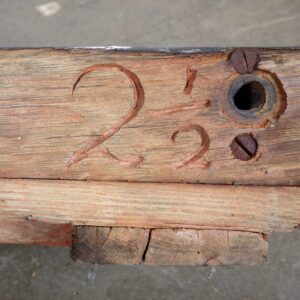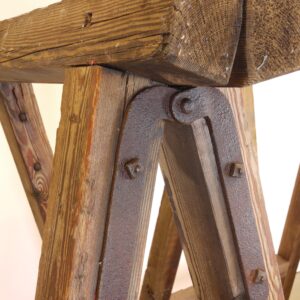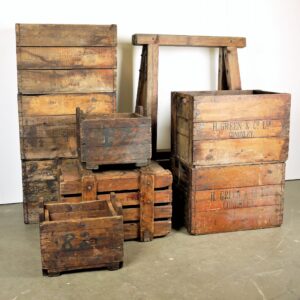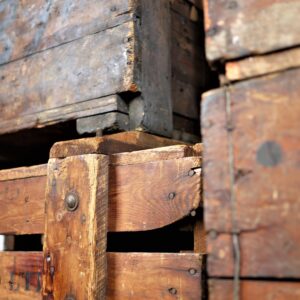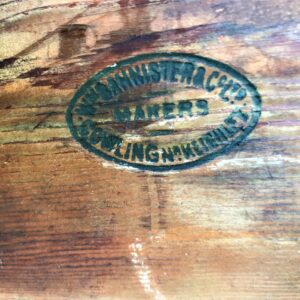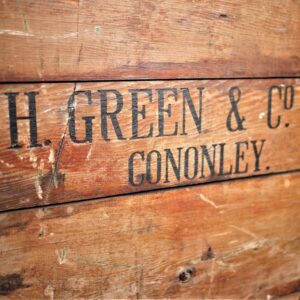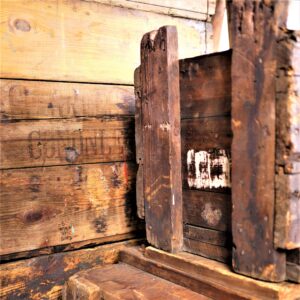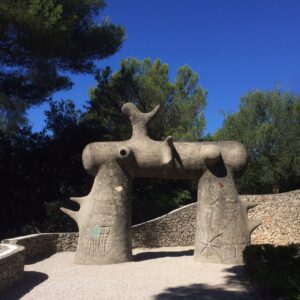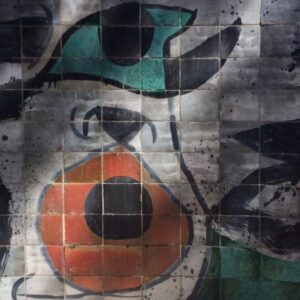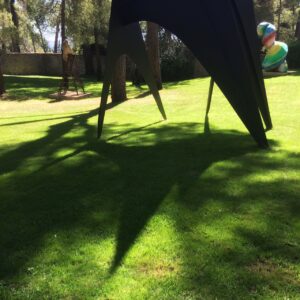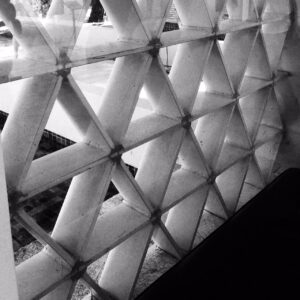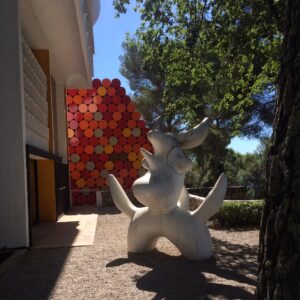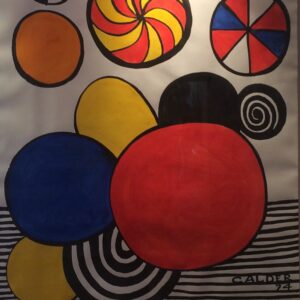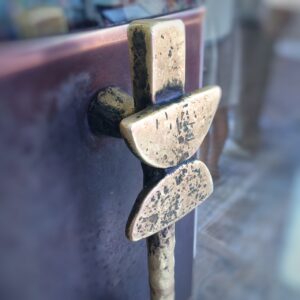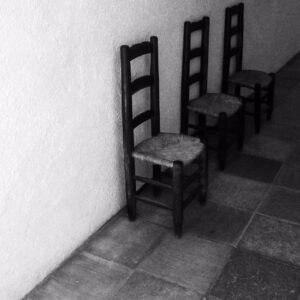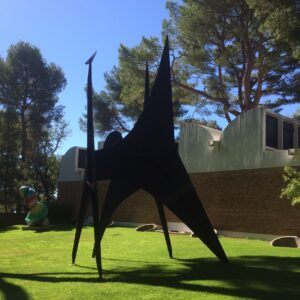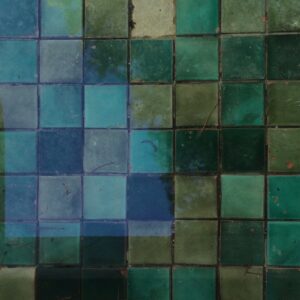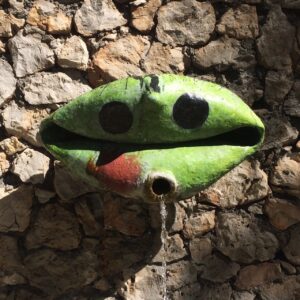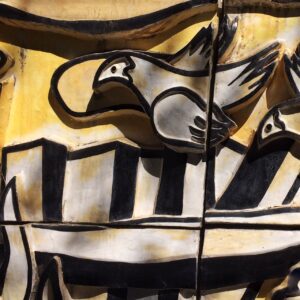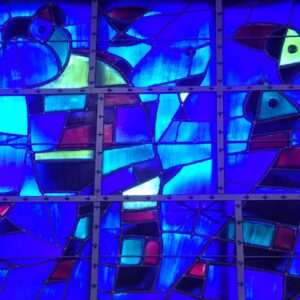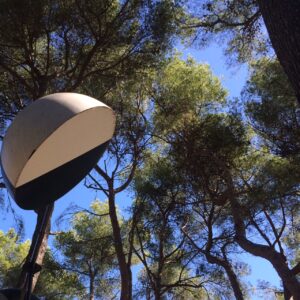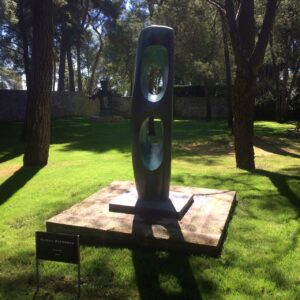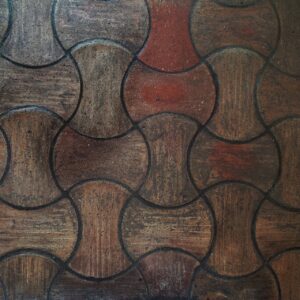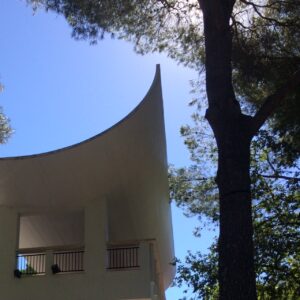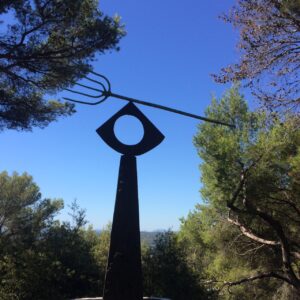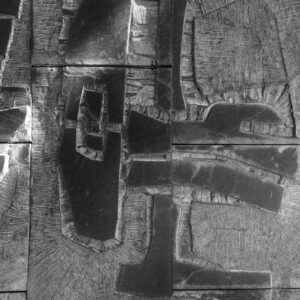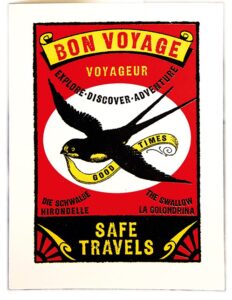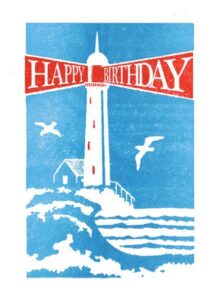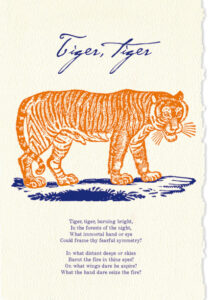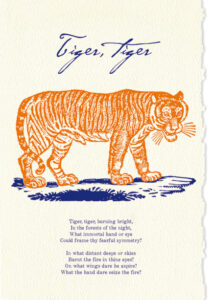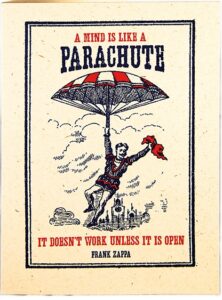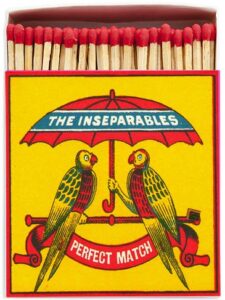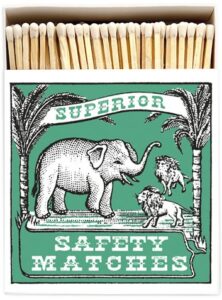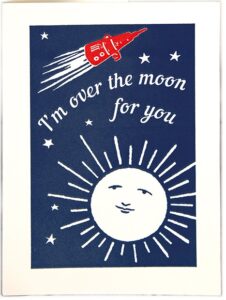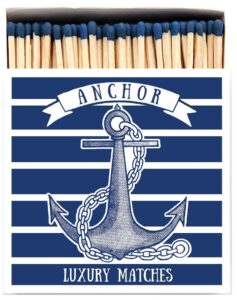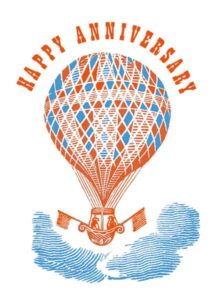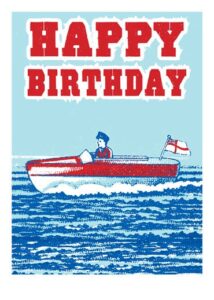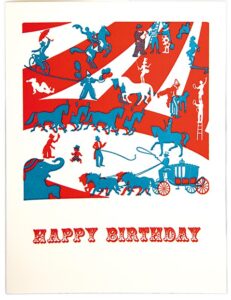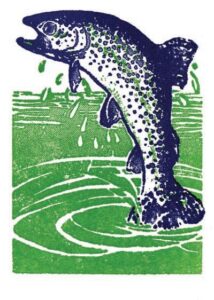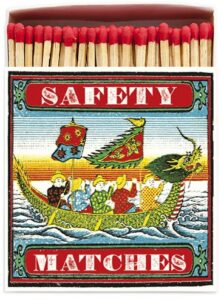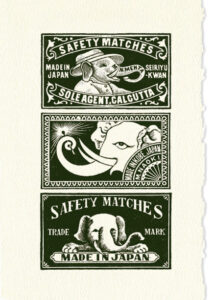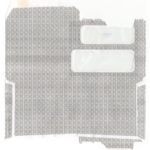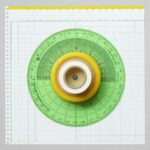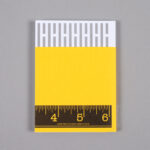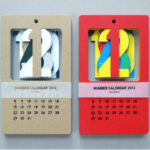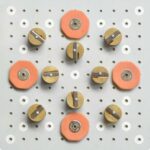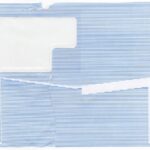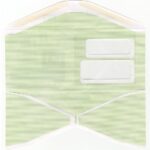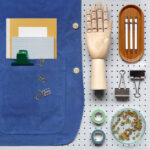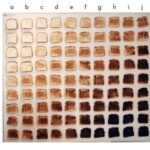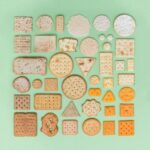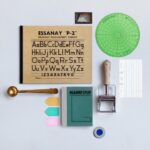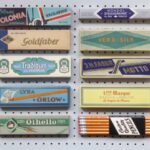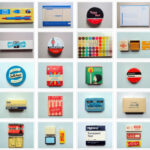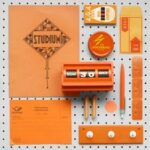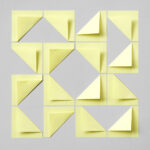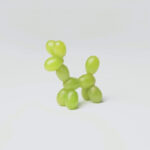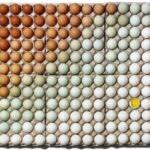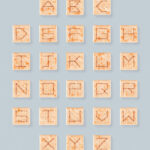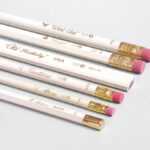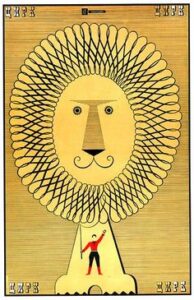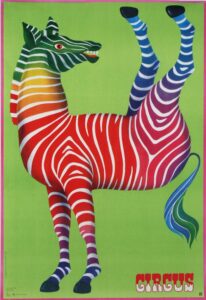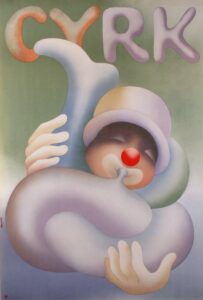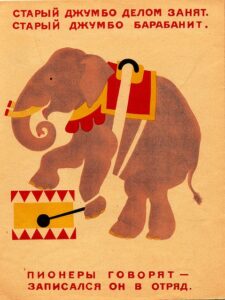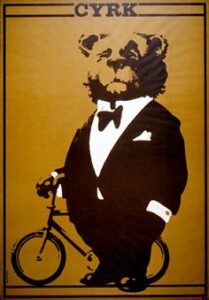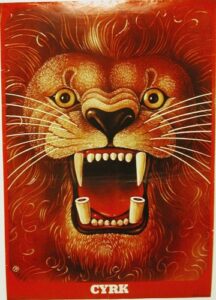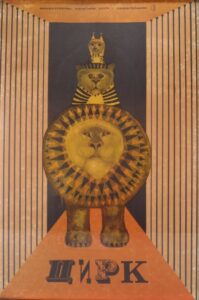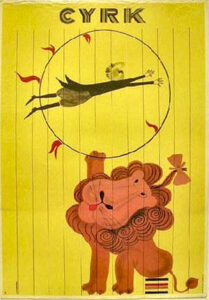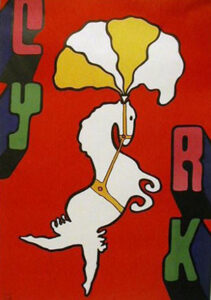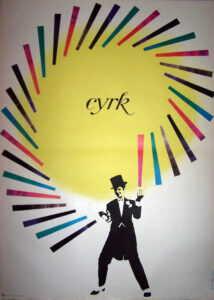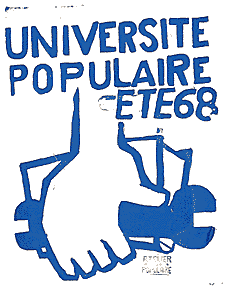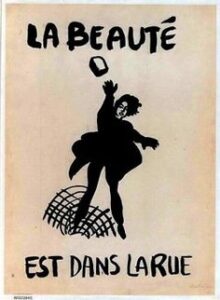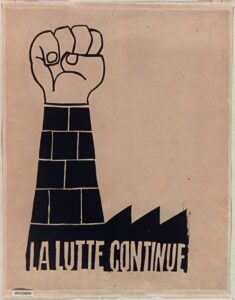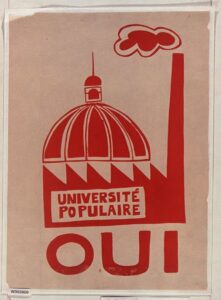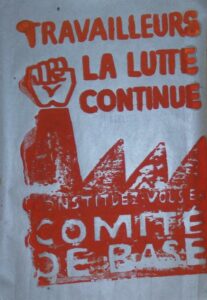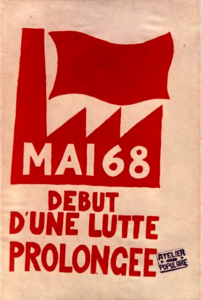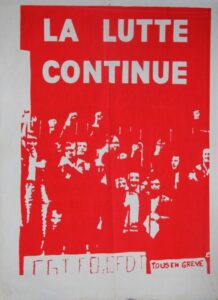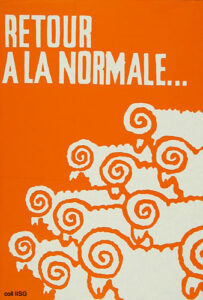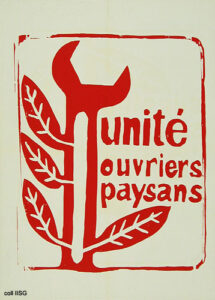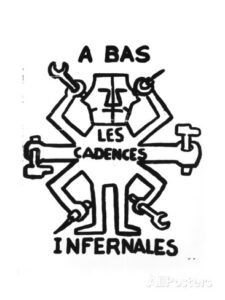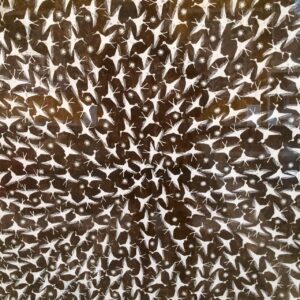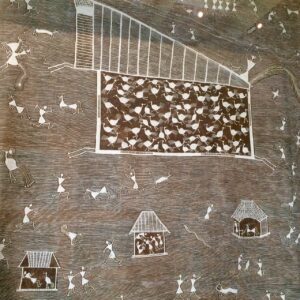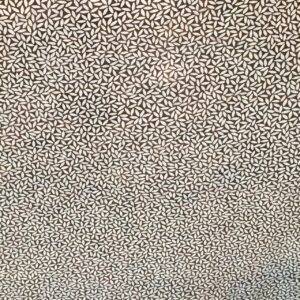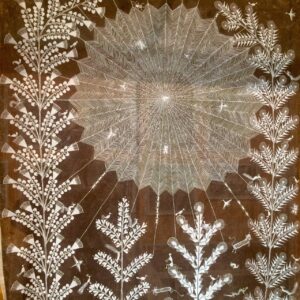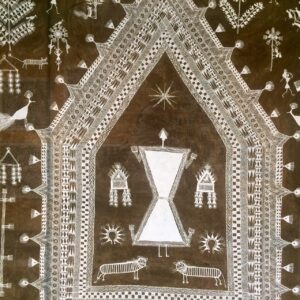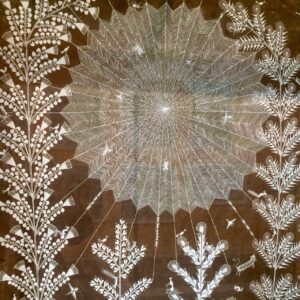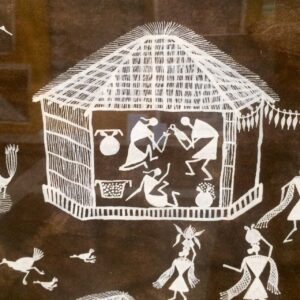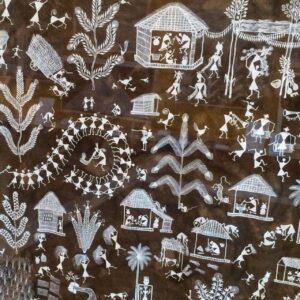If you have been following our journey at Merchant & Found, you will know we have always been big fans of the work of British designer James Leonard. What has surprised us is just quite how little is known about him, what he designed and his legacy. A quick Google will throw up very little with the only decent article being by Peter Wyeth for Mid Century Magazine. Curiosity got the better of us so we contacted the delightful Mid Century magazine editor Tabitha Teuma, who very kindly put us in touch with Peter. We dropped an email to Peter and was delighted to receive a charming reply and a subsequent telephone call was arranged.
A few days later Peter and I managed to catch up on the phone and he teased me with a few stories about the elusive Mr Leonard so I felt a lunch date to progress our conversation was the best option. I was basically hoping that free food and alcohol would allow me to ply as much as I could out of Peter. A week or so later we finally met for lunch and shared what we knew about JL. It turns out that Peter is a bit of an amateur sleuth and the only active member of the JL fanclub, although I think he realised that I was about to sign up as the second (at this stage honorary) member. To cut a long story short we both have a passion for design and architecture and are both great fans of the JL story. We have agreed to further our research and somehow do justice to a man whom we consider was not just a great designer but a very important part of the development of British furniture in the post war ‘modernist’ era. We haven’t quite put a plan together but we have agreed to further our research, to put a timeline together, possibly champion an exhibition? But most importantly to gather together as many facts as we can and celebrate the work of the elusive James Leonard.
So to start with, here is a very brief synopsis of some of the facts, mostly plagiarised from Peter’s article for Mid Century Magazine but with the addition of a few extra snippets along the way. We have evidence from the London picture archive that the Educational Supply Association had offices in a rather grand building on Grays Inn Road in 1879. From what we can gather it was essentially a business set up to supply schools with a range of equipment from desks, stacking school tables and other furniture through to books and equipment. It was undoubtedly started around the time that the law changed at the end of the 19th century to make school education compulsory and a whole new burgeoning market opened. We know ESA produced much of their range and had a factory in Stevenage which specialised in wood furniture production, we have an aerial photograph from 1928 (Courtesy of Britain from Above).
ESA was run by a larger than life character Jonny Appleton. In 1946 having just demobbed from the RAF and at the age of 42 James Leonard joins ESA as a designer and courts JA with his passion for modernist design and opens his eyes to the Scandinavian modernist design movement. The two of them head off on a whirl wind trip of the leading players of the time in Scandinavia, Artek etc and following JA’s design epiphany JL starts work on a new modernist collection for ESA. At this time there was much support for the use of new materials and ‘industrial production’ using some of the learnings from war production and JL champions the use of cast Aluminium and moulded plywood as key materials. One of JL’s first major designs for ESA was undoubtedly the X200 Aluminium nesting Chair, designed with a stunning refined aluminium frame that could only be produced by pressure casting of Aluminium and not sand casting, JA was at this stage hooked so at vast investment (£50,000) the right equipment was purchased in the US and JL’s aluminium framed chair was born.
The key period of design was 1947/1948, and proof of this exists with publication of the designs in Domus in 1948 and the British Design Annual, two years before the ‘innovative’ so called compass leg design of Prouve, that’s a whole other story…
We believe that over 1 million chairs were produced in a 15/20 year period and a whole range of aluminium and plywood furniture was developed for what must have been a very successful phase of ESA’s development. At some stage the brand name ‘Esavian’ was created, a mix of ESA and ‘Avian’, It was created as a brand to sell products within ESA and we have good evidence of JL products branded Esavian but at some stage ‘Esavian’ became a brand in itself and started to develop screens, initially for school partitions, which grew into sliding doors which grew into huge sliding/folding doors for aircraft hangers, the aircraft door opportunity really launching in 1971 when Nigel Jewers joined ESA with a considerable knowledge of the larger sliding door market and in 1987 Jewers acquired the Esavian door business from ESA. To this day Esavian doors is still part of the Jewson stable.
James Leonard appears to have worked at ESA until his retirement in 1982 and sadly ESA closed its doors on 11th February 1987. (Source DL Hanick JL’s assistant from 1951). So there you have it, a rather fast and sketchy history of ESA and James Leonard, but take this brief journal entry as just the start. Our mission is to pull together a far more comprehensive story, to fill in the blanks and champion the elusive Mr Leonard. If you have anything to add, or indeed want to join our rather small (but it has doubled in size) fan club then please let us know.
With thanks to Peter for his help and input, the story will continue.
Traditional manual beam operated precision scales are sadly disappearing from daily use as electronic scales take over. Precision balance scales are commonly found in laboratories where they are kept in protected environments avoiding dust and any form of damage. Precision balance scales are simply used to maintain the accuracy of other scales, the precision scales being the ‘mother’ test standard. Each scale operates within a weight range so for example a scale 10g – 100g, 100g – 500g and so on, testing and maintaining the accuracy of the weights used on the other scales. The Precision balance scales have a master set of weights which are very carefully handled with gloves as use, damage, even the natural oils in the technicians fingers can alter the weight. The master weights are firstly used to check their own accuracy and then used to measure the accuracy of other weights used in daily operations in a laboratory environment.
This large collection of scales came from the VEF factory in Latvia. The VEF factory was founded in 1919 and produced a variety of electrical componentry and most famously the worlds smallest Minox camera. After WWII VEF grew substantially to be the largest factory in Latvia producing over two thirds of the telephones used in the Soviet Union.
The scales date from the 1950’s and are sold principally as decorative items. The larger scales have amazing cast metal assemblies and are thus quite heavy. Most of the scales work but they need to be set on a fairly level surface where they then need to be levelled precisely using the adjustable feet and various other internal levels. When perfectly level the beams can be balanced and adjusted and the scales will balance.
A stunning piece of practical history from the VEF factory.
A few weeks ago we heard about Crowle brickworks, a derelict brickworks outside Scunthorpe that was being demolished. The brickworks had been producing bricks since the late 19th Century although it sadly stopped production in the 1970’s.
Crowle Brickworks was established around 1880 by George Robinson (a local entrepreneur), adjacent to his brewery to the North of the railway and canal. As with any brickworks the value of the works rests in the availability of good local clay which Crowle had in abundance and it was brought to the works by a small tramway which was initially operated by horses. The works had a large brick kiln and were mechanised with power being provided by a fixed bed steam locomotive that ran a series of large pulley and web belts throughout the site.
In 1895 George Robinson was declared bankrupt, and it was not until 1906 that creditors of George Robinson sold both Tetley Hall and the Brickworks at auction and the works went on to a further chapter under new owners. At the time of the auction, the brickworks was described thus; The Crowle Brick and Tile Works, consisting of engine house, machinery shed, drying sheds, kilns and other buildings together with a boiler, 17 horse power engine, 2 newly erected brick making machines, belting, pulleys, hauling gear and other fixed plant and machinery, and also the valuable bed of clay used in connection with the works.
We were told that there was some pigeon holes on site, would we be interested? You have never seen us move so fast. Trucks packed up, boxes of all the right tools, gloves and dust masks. The yard was left untouched for over 50 years and the pigeon holes were housed in this very plain Victorian building which had sadly lost its original slate Victorian roof although it still retained the wonderful cast iron support structure. The shed was the ‘engineering shed’ primarily used to store mechanical components used to maintain the steam engine and steam tramway. The pigeon holes were stuffed full of rare steam engine parts that were scooped up by a collector. Our photos don’t do the find justice, there was over 60 metres of pure Victorian pigeon holes, untouched and in extraordinary original condition. On some planks of pine the original sawmill black dye stamps were clearly visible, the pigeon holes were made from the finest imported straight, knot free CANADIAN pine. George Robinson, a man of expensive taste.
A rare and exciting find.
We were recently contacted about the clearance of an old textile Mill, H.Green & Co, North West of Leeds, the Mill had stopped working as a textile mill many years ago and most recently was refurbishing electronic components. Housed in a wonderful Victorian brick building close to the River Aire the Mill was in Cononley West Yorkshire. In the 19th Century textile production was a huge industry in the region, enabled by good access to canals for transport and rivers for the water for textile production.
Apart from the building not much remained of the Victorian textile Mill history but hidden at the back of one of the workshops we found a very dusty collection of the original mill equipment, workbenches, storage boxes, trestles and trolleys. Heavy Victorian working equipment. Given their age (mid to late 19th Century) everything was in pretty good condition so we have simply given everything a gentle clean to bring out the original colour. The mill workbenches benches are the ‘piece de resistance’, weighing nearly 100kg, they have solid cast iron legs and heavily used original pine worktops. Perfect as the real deal console table or even as a rather heavy duty potting table. There was a number of gorgeous pine boxes, solidly made and with the standard wire reinforcement. The box maker, WM Bannister & Co Ltd Cowling Nr. Keighley (just a few miles down the canal) was clearly stamped alongside the Mills branding, totally original. The larger boxes were used for storage in the workshop and the smaller more rugged ones are heavy duty shipping containers for machine parts. We recovered one complete box which still has its original bolted lid, a heavy rugged box used for shipping. We got hold of two pairs of stunning large trestles most likely used for access platforms around the machinery and two great trolleys.
A wonderful find and a lost slice of North England’s rich manufacturing history.
Its hard to know where to start, this unique Fondation is one of the true gems in the world:
- The location is magical.
- The light is breathtaking.
- The building is sublime.
- The art is sublime.
- The history is moving.
- The atmosphere is beautifully intimate.
Saint – Paul de Vence is a bit touristy but still lovely. Have lunch (or stay) at the La Colombe d’Or and don’t forget Miro’s chapel nearby (Chapelle du Rosaire de Vence
The Maeght family started when bought a property in Saint-Paul de Vence in the early 1950s and named it “Mas Bernard” after their son, who died in 1953 aged only 11. The early death of their son had a profound effect on the family and along with friends, Georges Braque, and other artists, Aimé and Marguerite Maeght created the Fondation. In 1964, Catalonian architect Josep Lluis Sert designed the building and along with the the artists Giacometti, Miro and Braque, they designed the gardens and art for the landscape. The family were responsible for printing many of the great artworks of the time and still operate the Maeght business which in itself is a treasure trove in central Paris, totally off the radar but chock full of extraordinary art, history, catalogue overruns… just amazing, and all for sale.
Works by Calder, Miro, Giacometti… and on and on….
They also host regular terrific exhibitions.
Go and enjoy a wonderful rare treasure.
Simple but tasteful letterpress cards and matches, link below.
These guys are one of my all time favourites, going about what they do in a quiet off the radar way. Their website is faultless, beautifully designed. The product selection is wonderfully curated and in my view not at first that commercial but by sticking to their philosophy they have created a powerful brand which has the potential to be infinitely commercial but that is not the point. They do what they do out of love and passion and it shows, yes you want to buy the products but first and foremost you just want to be immersed in their world. They make graphic design/creativity an artwork. They make old pencil boxes supremely sexy. I love the mix of old and new and the no compromise passion to hunt out ephemera from all corners of the globe. Make sure you check out the blog, WOW. I have not yet been to their shop but I will go soon. They say a picture says a thousand words and it’s true. SUPER LOVE.
I have always loved circus and fairground decoration/art/imagery and found these beautiful posters on ebay. These are (I believe) 1960’s Russian circus posters. I have included some of my favourite also from Poland. Great for children’s rooms and not too expensive, they come up on ebay from time to time.
I first came across these posters at the Salone de Mobile on the kitchen stand of Alpes Inox, great kitchens but even better posters.
I took a picture and managed to trace them (ok, not that difficult but I hadn’t seen them before!). They are from a turbulent time in 1960’s French political history with student uprisings and general strikes starting in May 1968. I love the raw simplicity. I have seen some wonderful Vietnamese political posters and also Russian ones, I will dig out some images and share them at some stage. I have also taken photographs of political graffiti in Vietnam which I will try to find in my loft, pre the convenience of our digital age.
The French posters were produced by Atelier Populaire and the designers remained anonymous. For more information refer to Johan Kugelberg’s book, Beauty Is In The Street.
At Merchant and found we love finding amazing vintage posters. Why not take a look at the range of vintage posters we have available for your home or cafe.
I was recently at the Museum of Childhood (V&A) in East London and discovered Warli folk art for the first time. I grew up in Australia and love Aboriginal art and the very beautiful Tapa cloth art of New Guinea or New Zealand Maori’s, and Warli art has the same feel. The Marli people live in India on the coastal borders of Maharashtra and Gujarat. The art is very simple based on repetitive symbols used to depict everyday community life, people are represented by two joined triangles. Just beautiful.

